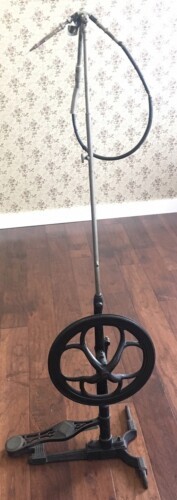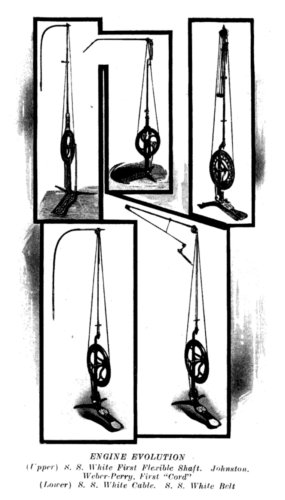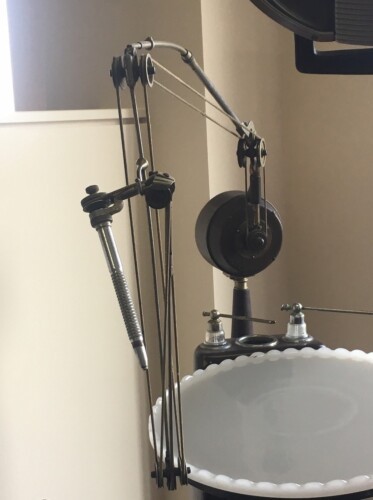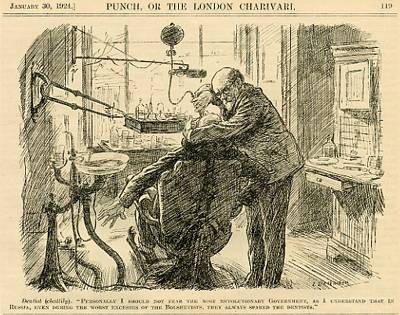The dental drill, a ubiquitous tool in modern dentistry, took a long and winding path through the history of its development. The story of the drill is intricately intertwined with advancements in technology, materials science, and medical practices. From its primitive beginnings to its sophisticated contemporary forms, the dental drill has undergone a remarkable transformation, shaping the landscape of oral healthcare.
The historical trajectory of the dental drill marks a lengthy evolution from early hand-operated instruments to the high-speed, precision devices of today. We will delve into key milestones, technological innovations, and the individuals who contributed significantly to its development. By understanding the historical context of the dental drill, we can gain a deeper appreciation for its significance in the field of dentistry and the ongoing pursuit of dental excellence.
Here’s a peek at a few of the many stages in the evolution of the humble dental drill.
Early Dental Instruments

It was slow, noisy, and barely effective treatment—but what more could patients hope for without electricity?
Prior to the 19th century, dental care was a rudimentary and often painful affair. The concept of drilling teeth to treat cavities was virtually unknown, and dental procedures were limited to extraction and rudimentary cleaning. Dentists, or rather, tooth pullers, were often itinerant figures who would travel from town to town, offering their services to those in need.
The earliest tools used for dental work were crude and often ineffective. Archimedes, the ancient Greek mathematician and inventor, is credited with designing a primitive dental tool that may have been used for extraction. However, the most common method of removing teeth was simply to grasp them with pliers or a similar instrument and pull them out.
The rudimentary drill was operated by the dentist simply by twirling it between the fingers or with a crude bow drill. Long before the superior technologies of contemporary dentist drills were available, our forefathers devised creative methods to relieve oral pain. The primitive bow drill was one such early development in the history of the dental drill. This simple yet powerful device has been used to treat tooth disorders for thousands of years.
The bow drill looked like an archery bow, but instead of shooting arrows, it was used to revolve a wooden rod with a sharp stone or bone at its point. The rapid spinning of the stick produced enough energy to softly drill into teeth, eliminating decay and relieving discomfort by sliding the bow back and forth. These drills were powered by a bowstring or a rotating handle, and they were often used to bore holes in teeth for the purpose of extracting nerves or treating abscesses. This type of drill was very slow, inefficient, and prone to breaking.
Ancient Dental Tools in Action
Evidence of bow drills being used for dental purposes has been found in ancient civilizations such as Egypt, Greece, and the Indus Valley. These civilizations displayed a remarkable understanding of dental care, utilizing the bow drill to maintain oral health. These early dental drills represented a significant step forward in dental technology, enabling a more controlled and less painful approach to treating dental issues compared to earlier methods involving manual tools. This method, however, was certainly not painless compared to modern standards. The blunt drill took a long time to use and patients had a pretty unpleasant experience!
It was still an ingenious tool for the time. The simplicity and versatility of the basic bow drill contributed to its usefulness. Dental practitioners in the past relied on their ability and precision to efficiently use the bow drill. This tool allowed for the slow and controlled removal of decaying tooth portions, reducing the risk of future infection and disease. While the primitive bow drill’s limitations are apparent when compared to today’s sophisticated dental tools, its historical significance cannot be underestimated. It paved the way for the development of more advanced dental instruments, setting the stage for the continuous improvement of dental care techniques.

Innovations in Dental Drill Technology
The 18th century marked a significant turning point in the history of the dental drill. Two pioneering figures, John Greenwood and George Fellows Harrington, made important contributions to the development of more effective and efficient dental instruments.
The first mechanical dental foot engine was built by John Greenwood in 1790. His device, which he patented in 1769, consisted of a bow drill attached to a pedal mechanism. By stepping on the pedal, the dentist could rotate the drill, allowing for more controlled and precise dental procedures.
George Fellows Harrington was another key figure in the development of early dental drills. In 1864, he introduced a clockwork-powered drill known as the “Erado.” This innovative device, while noisy and somewhat cumbersome, represented a significant advancement in dental technology. Harrington’s drill featured a winding mechanism that allowed it to operate continuously for a short period, reducing the need for constant manual rotation. While being much faster than previous drills, it was also very noisy.
In 1871, American dentist James Morrison took out a patent for a foot-powered dental drill hat incorporated a handpiece with a universal joint. This innovative design allowed for greater flexibility and maneuverability, making it easier for dentists to access difficult-to-reach areas of the mouth. Morrison’s drill also featured a speed regulator, which allowed dentists to adjust the rotational speed of the drill to suit the specific needs of each patient.
There were only small improvements in foot-powered dental drills for years after that. A foot drill powered by an electric motor was invented by George F. Green in 1875, but as very few people had electricity at that time, electrically powered drills did not come into general use until the widespread use of electricity in dentistry after the First World War.
Modern Dental Drill Design
Once electricity became more commercially available, drills rapidly advanced in technology. By 1914, they could reach speeds of up to 3000 rpm. James Morrison’s system of pulleys developed in 1871 was adapted for drills right up to the end of World War II.

John Patrick Walsh, with members of the staff of the Dominion Physical Laboratory (DPL) Wellington, New Zealand, invented the predecessor of a modern air turbine handpiece dental drill in 1949. Belt driven high-speed handpieces appeared in the 1950s. These devices, powered by electric motors, were capable of rotating at much higher speeds than earlier models, significantly reducing the time required to prepare teeth for fillings, crowns, and other procedures. High-speed dental handpieces also incorporated water cooling systems, which helped to prevent overheating and damage to the tooth structure.
Current handpieces can operate at up to 800,000 rpm. However, the most common speed is a 400,000 rpm “high speed” handpiece for precision work. This is complemented with a “low speed” handpiece operating at a speed that is dictated by a micromotor which creates the momentum (max up to 40,000 rpm) for applications requiring higher torque than a high-speed handpiece can deliver.
A Pain-Free Future Awaits
There is no doubt that the increasing speed of the dental handpiece has led to increasing comfort on the part of the patient. Today, the laser is starting to supplant the handpiece and the future of dentistry is looking more and more pain-free. For anyone who wants to learn more about the leading edge of dentistry: Benco brings you access to all the most state-of-the-art dental technologies.




